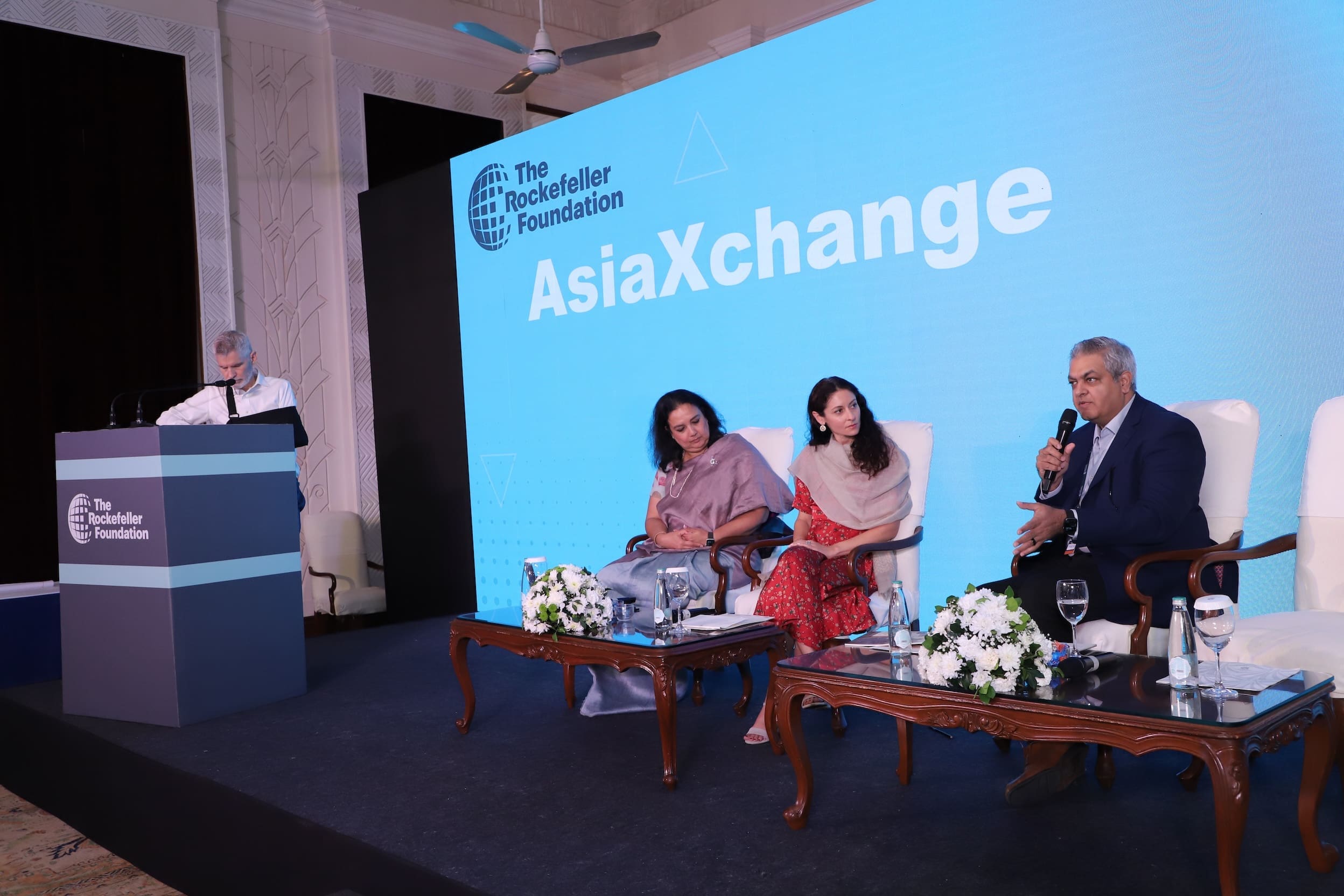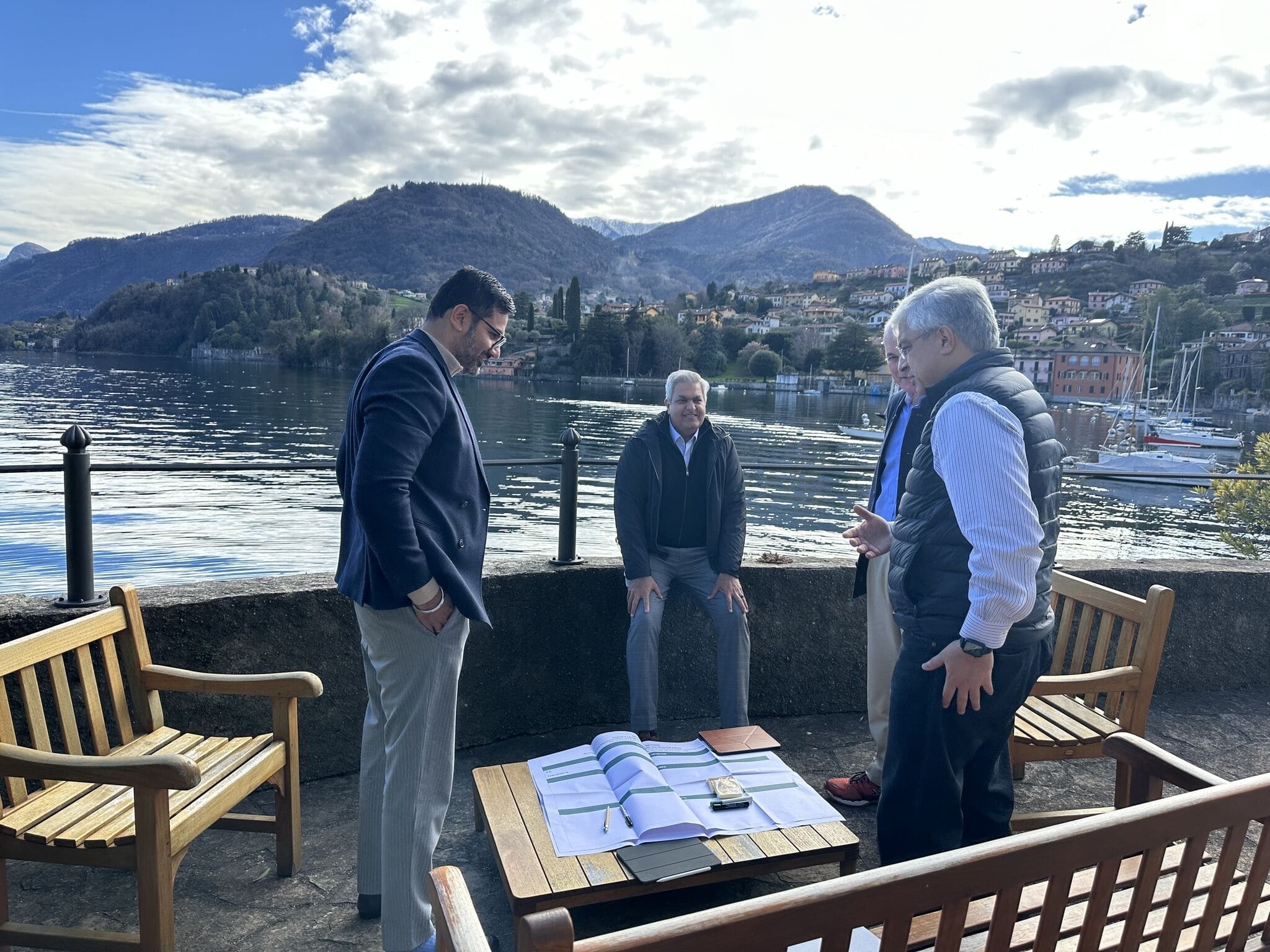This early lesson on the critical connection between resource management and urban resilience has become a foundational element of Prothi's lifelong mission.
By the Numbers
- >$0BillionBillion
is the estimated annual global infrastructure loss due to climate change and extreme weather
- 0%%
of the global gross domestic product growth is equal to that loss figure
- 0MillionMillion
people were displaced internally by extreme weather events in 2022
Convenings are powerful tools to break down silos and truly understand the diverse needs of different sectors, communities, and regions.
Deepali KhannaVice President, Asia Regional OfficeThe Rockefeller Foundation
Lessons from a Himalayan Village
Prothi recalled visiting a remote village in the Himalayan foothills in late fall 1991 during an internship for his Bachelor’s in Architecture from the School of Planning and Architecture in Delhi. The village had been devastated by the Uttarkashi earthquake on October 20, 1991, a tremor that measured 6.8 in magnitude.
The scene was stark and haunting: newly built concrete structures lay in ruins where wooden ones might have stood.
The villagers had embraced concrete as modern and stronger but had fatally misunderstood its requirements. They had set beams on columns without appropriately anchoring them, unaware of the necessity.
“That always stayed with me. It showed that sometimes it just boils down to simple interventions to save lives,” Prothi said.
This realization underscores the importance of a shift in perspective to address challenges. Convenings, by fostering interaction and space, can serve as a powerful catalyst for brainstorming solutions that save both lives and infrastructure.
Making Infrastructure Climate-Resilient
Infrastructure is at greater risk globally with climate change. The Puerto Rico Community Energy Resilience Initiative (CERI) is looking to improve green power access and energy resilience at critical facilities in Puerto Rico so they can stay operational even with more extreme and unpredictable storms.
More in this Matter of Impact Edition
A Convening Builds a Climate Warrior
The Food Systems Game Changers Lab helped launch young Ledama Masidza of Kenya on a path to secure his community's food security in the face of climate change.
read moreFood Security Leader Calls for Women's Voices in Convenings
For the last five decades, CGIAR has been one of the world’s most successful research and development organizations contributing to food, nutrition, sustainability, and poverty reduction.
read more



